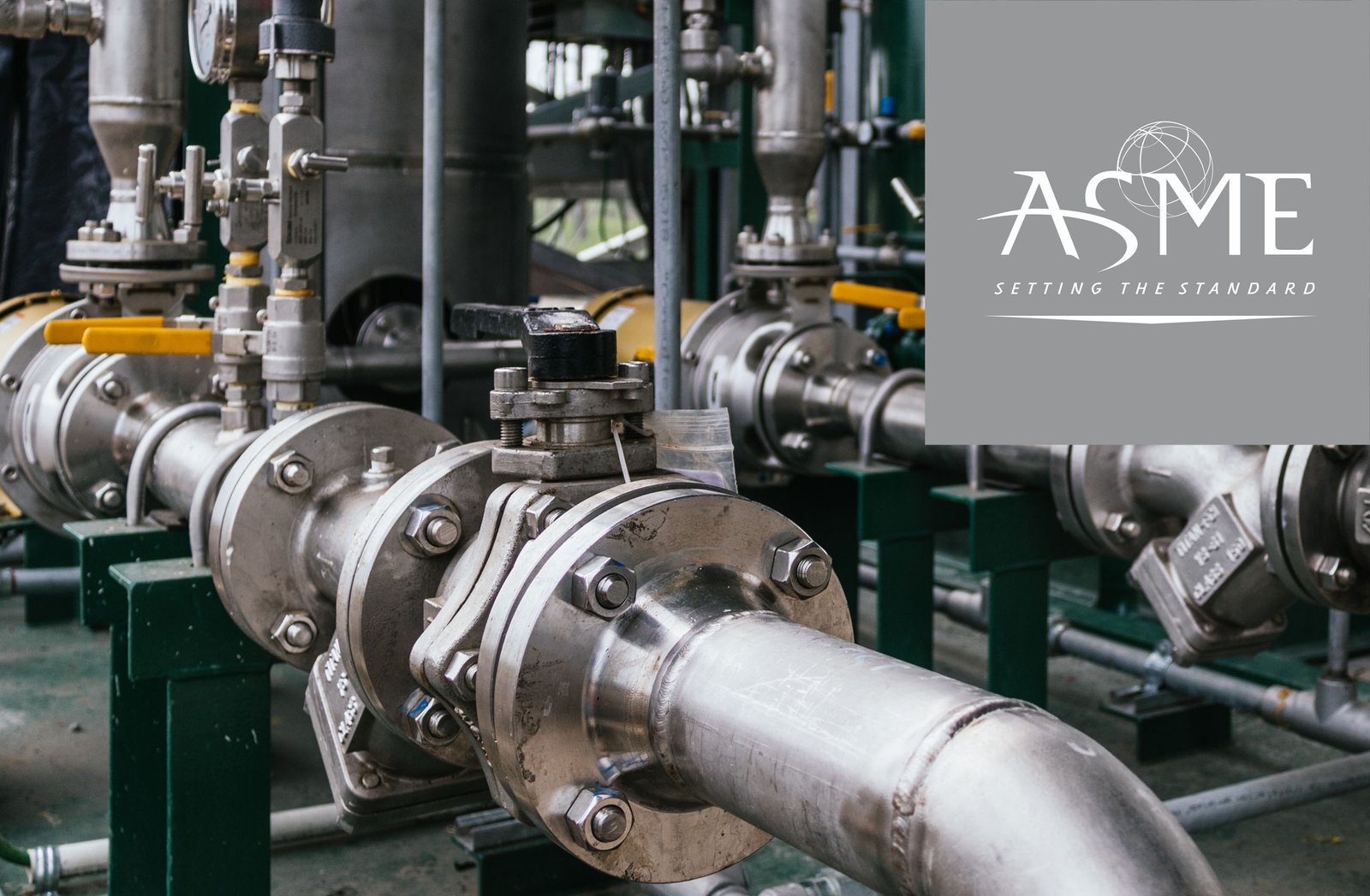Wear on Cylinder Liners in Two-Stroke Engines: Causes & Solutions
While efficient cylinder lubrication can significantly reduce wear on cylinder liners and piston rings, it doesn’t eliminate it entirely. The objective is to manage the cylinder wear rate, maintaining it within acceptable levels, and to mitigate other detrimental forms of wear.
Wear on cylinder liners in two-stroke marine engines happens gradually as the inner surface of the cylinder, where the piston moves, deteriorates over time.
This wear is caused by factors such as friction between piston rings and cylinder walls, abrasive contaminants in fuel or lubricating oil, inadequate lubrication, and high temperatures.
If not addressed, it can lead to increased clearance between the piston and cylinder, reduced compression, diminished engine performance, and even engine failure.
The primary causes of wear on cylinder liners in two-stroke diesel engines include:
- Insufficient running-in of a new engine
- Inadequate lubricating oil supply leading to surface contact
- Low viscosity or insufficient alkalinity (BN number) of lubricating oil
- Contamination of lubricating oil by abrasive materials
- Inefficient combustion causing carbon deposits
- Adhesive friction from piston rings rubbing against the cylinder wall
- Presence of abrasive particles in fuel or lubricating oil
- Neglect of regular maintenance tasks

Abrasive wear
Abrasive wear on cylinder liners occurs when hard particles or contaminants between two surfaces cause material removal due to their relative motion.
It results from the sliding of a hard, rough surface across a softer one, leading to progressive loss of material. In cylinder liners and piston rings, abrasive wear manifests as rough, scratched surfaces, hindering the formation of the lubricating oil film.
Oil seeping into the scratches causes direct metal-to-metal contact between surface imperfections, exacerbating wear on cylinder liners and increasing the risk of damage if not addressed promptly.
Piston ring wear
A specific type of abrasive wear on cylinder liners primarily affects piston rings, crucial for maintaining optimal engine efficiency by allowing them to move freely and seal the combustion space tightly.
However, deposits like combustion residue and unused lubrication oil can lead to piston ring sticking, causing excessive load and eventual breakage.
Addressing the build-up of light deposits around the rings is essential to prevent blow-by and accelerated wear, particularly ensuring the piston clearance ring is in good condition.
Blow-by
A specific type of abrasive wear on cylinder liners primarily affects piston rings, crucial for maintaining optimal engine efficiency by allowing them to move freely and seal the combustion space tightly.
However, deposits like combustion residue and unused lubrication oil can lead to piston ring sticking, causing excessive load and eventual breakage.
Addressing the build-up of light deposits around the rings is essential to prevent blow-by and accelerated wear, particularly ensuring the piston clearance ring is in good condition.
Adhesive wear
Adhesive wear arises when the oil film between the piston ring and liner breaks down, causing direct metal-to-metal contact. This heightened friction and temperature can lead to localized bonding, or micro-welding, resulting in surface scuffing or seizures.
Increasing the lube oil feed rate is often employed to reduce pressure between surfaces and ease engine load. If untreated, this wear may progress to macro-seizures, causing temporary high wear. In cases of scuffing in the combustion chamber, replacement or machining of components is necessary to eliminate damage.

Flexible lubrication takes the lead
In marine engines, effective cylinder lubrication is paramount to reduce friction between piston rings and the liner, thus optimizing engine efficiency. Proper lubricant distribution helps neutralize acids from combustion and cleanse the cylinder of deposits, ensuring a gas-tight seal for enhanced performance.
Given the complexities of modern engines, including dual fuels and evolving environmental standards, efficient lubrication systems are indispensable for maritime operations. These systems not only improve vessel productivity and reduce operational costs but also contribute to emissions reduction, aligning with industry-wide efforts for a greener future.
At Hans Jensen Lubricators, we offer innovative solutions tailored to address diverse challenges in the maritime sector. Our advanced lubrication systems safeguard vessel engines, promoting efficiency and sustainability in dynamic maritime environments.
For more information, visit Our Products
Also visit G&O Maritime Group






Leave a comment